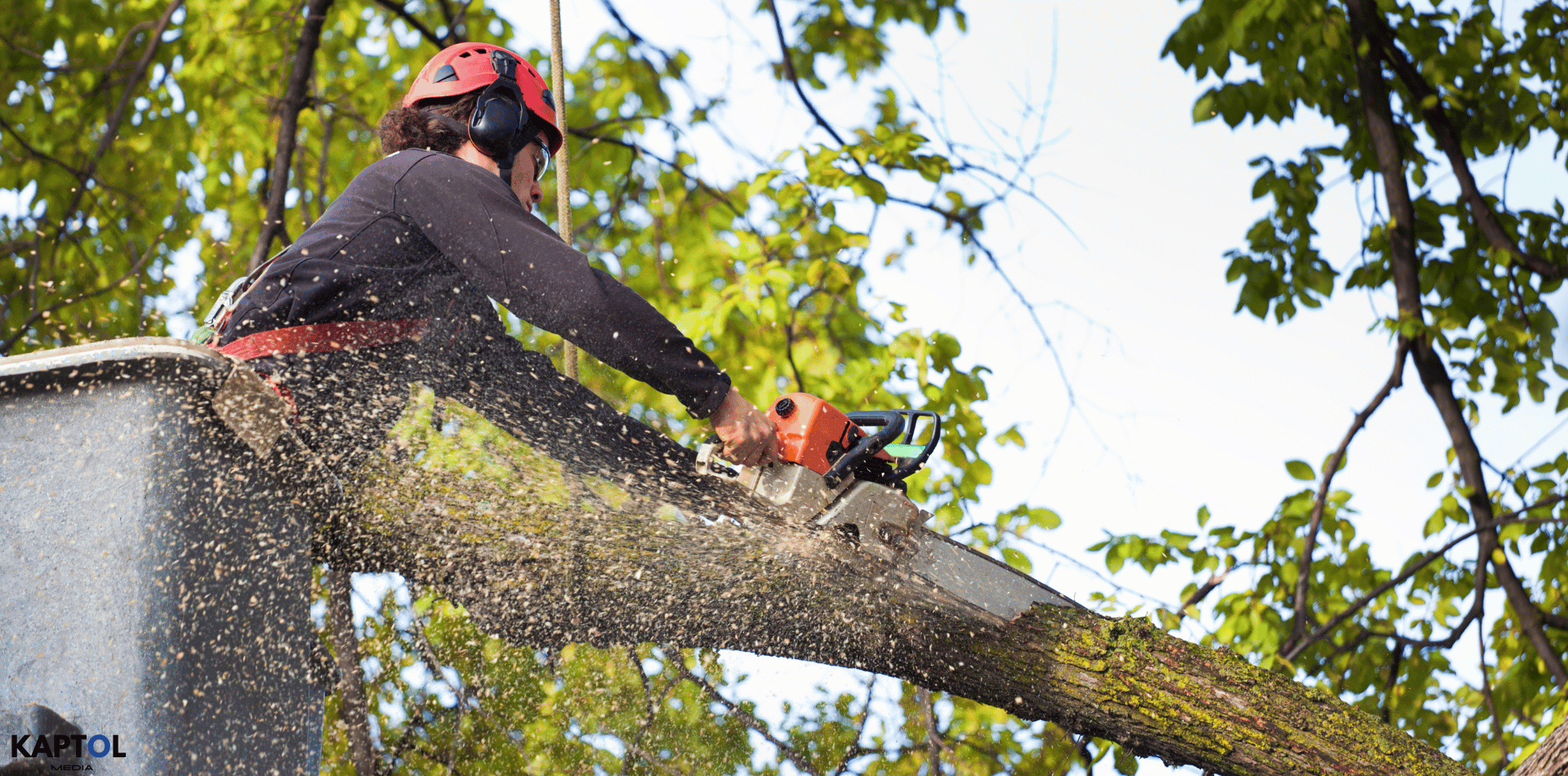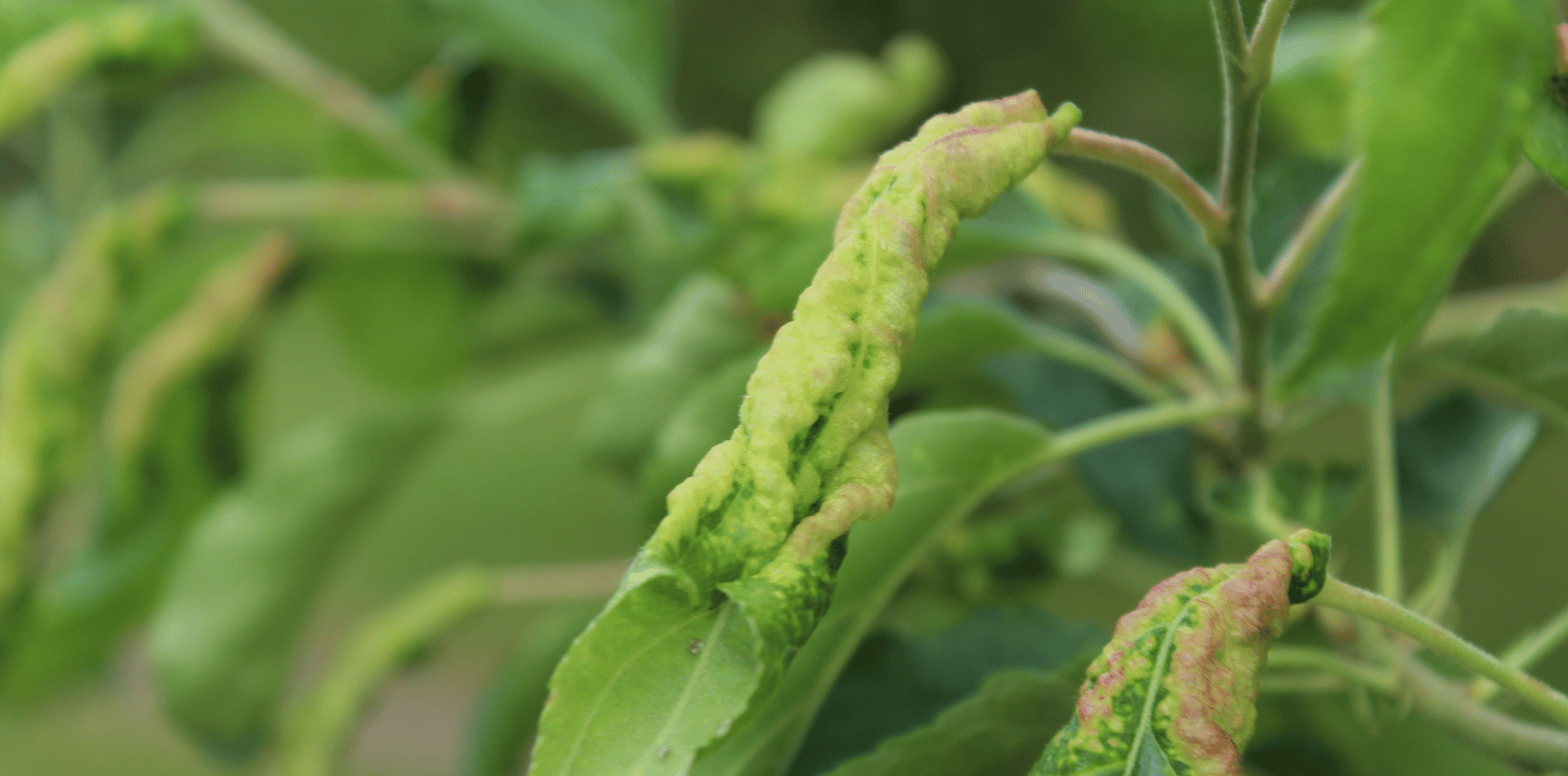The Splendor of Jacaranda Trees: A Botanical Jewel
Jacaranda Trees: A Botanical Jewel
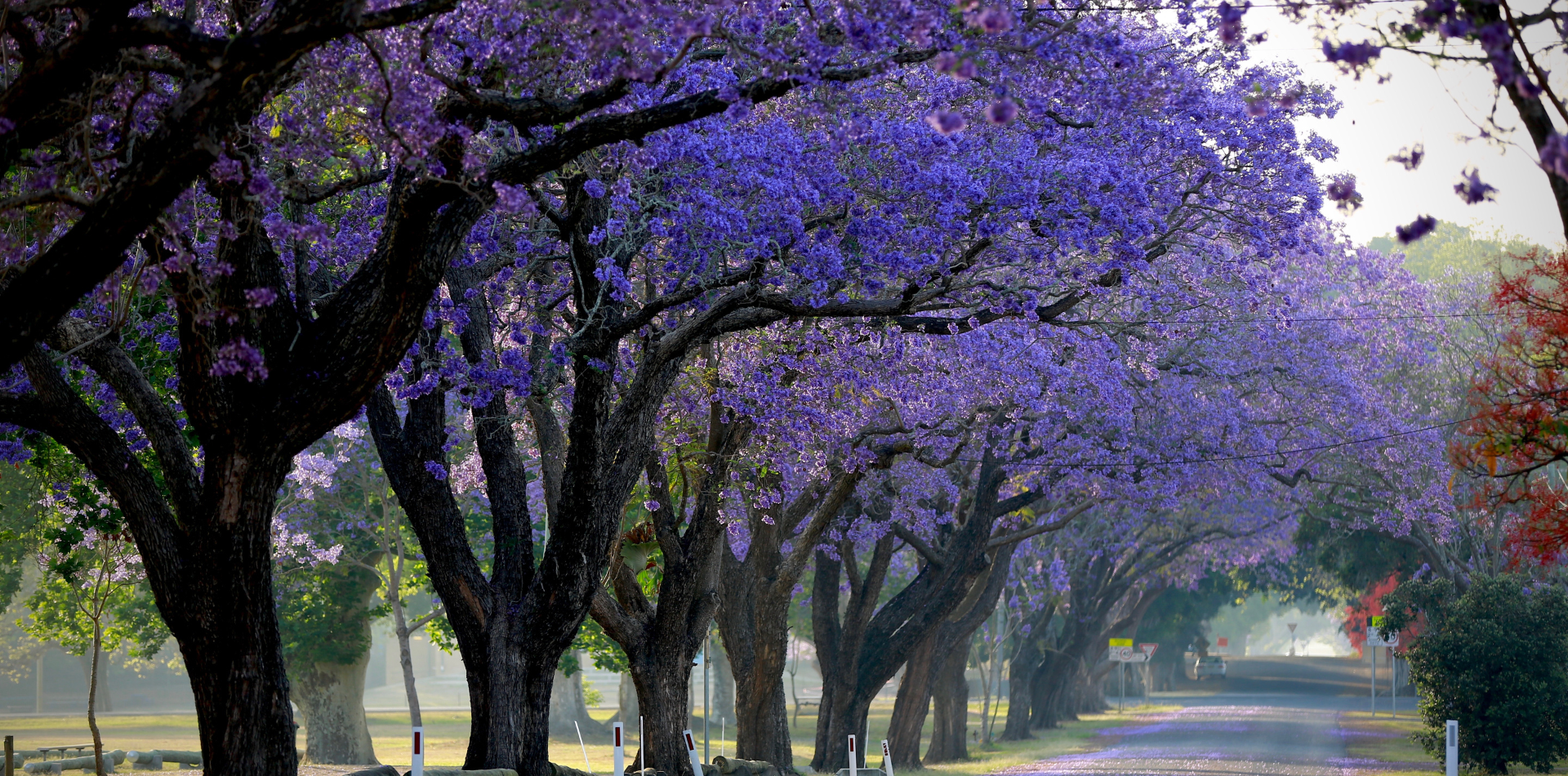
The Jacaranda tree, with its strikingly beautiful purple blooms, is a botanical wonder that graces many landscapes around the world.
Originally native to South America, these trees have become synonymous with certain cities and regions, notably in Australia, where they bloom in a spectacular display each spring.
Here we'll look at the allure, biology, and cultural significance of the Jacaranda tree.
Botanical Overview
Jacaranda mimosifolia, the most common species, is a subtropical tree known for its lush, trumpet-shaped purple flowers. These trees can grow to a height of up to 20 metres and are characterised by their open, spreading branches and fern-like leaves.
The vibrant blue-purple flowers typically bloom in spring and early summer, creating a stunning visual spectacle.
Cultural and Historical Significance
While native to Brazil, Jacarandas have been widely planted around the world, especially in warmer climates. They have a special place in the hearts of many Australians, particularly in cities like Sydney, Grafton and Brisbane, where the trees line streets and parks.
The blooming of Jacarandas has become a cultural event in these cities, signaling the arrival of spring.
Ecological Impact
In their native habitat, Jacaranda trees play an important role in the ecosystem, providing food and shelter for various wildlife species. However, in non-native environments, they can sometimes be seen as invasive. Their widespread planting in certain regions, while visually appealing, can impact local biodiversity.
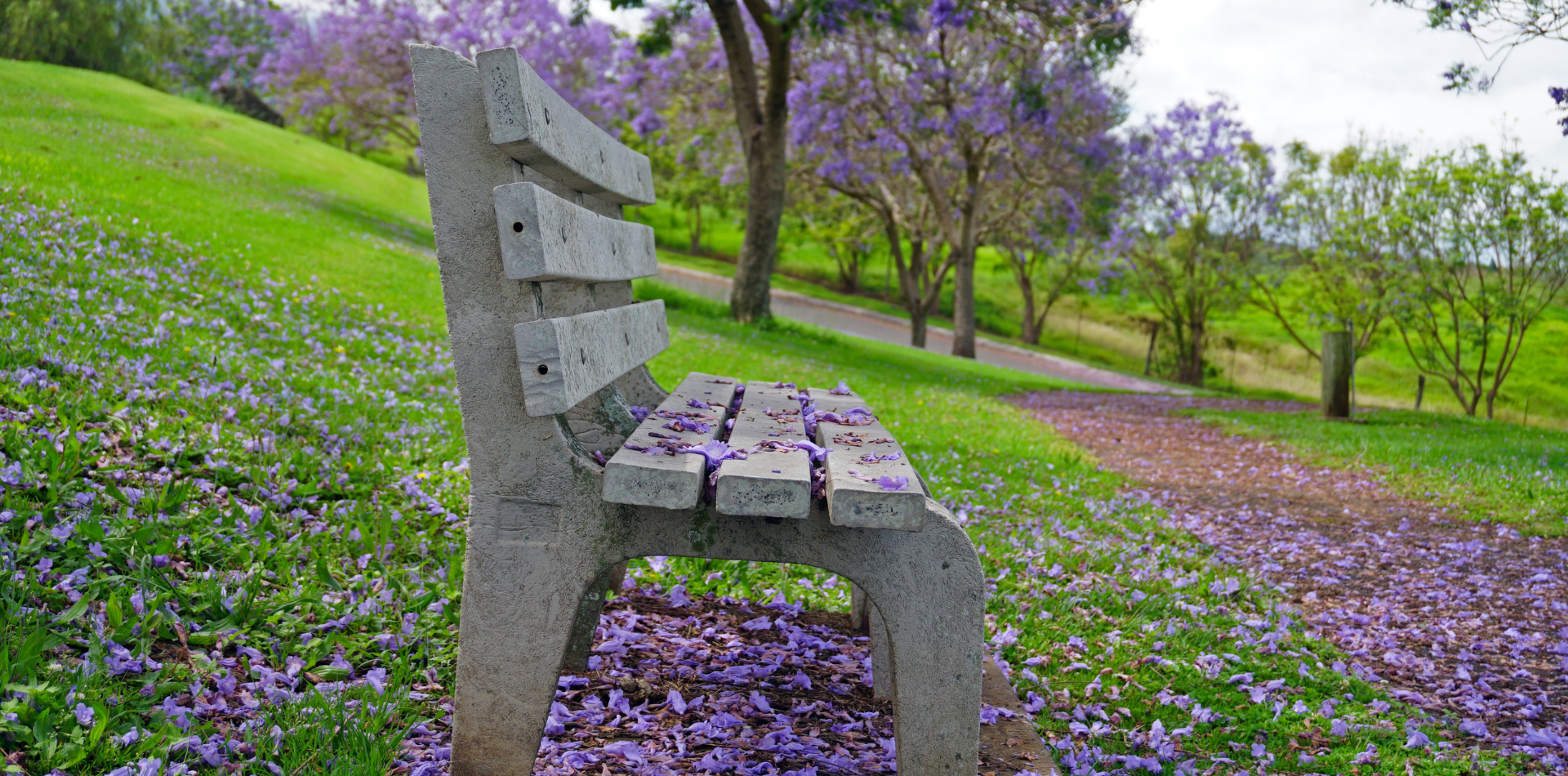
Jacarandas in Urban Landscapes
One of the reasons for the popularity of Jacarandas in urban settings is their tolerance to a range of soil types and conditions, coupled with their ability to provide generous shade.
Their aesthetic appeal adds to the urban green space, making them a favourite choice for city planners and landscapers.
Care and Growth
Growing a Jacaranda tree requires certain conditions to be met.
They thrive in well-drained soil, full sun, and require regular watering during their growing season.
While they are relatively hardy, Jacarandas can be susceptible to frost, which makes them more suitable for warmer climates.
Cultural Reflections and Celebrations
The Jacaranda has inspired various cultural expressions, from literature to art and festivals. In places where they are prominent, such as in parts of Australia and South Africa, festivals and local traditions celebrate the blooming of these trees, reflecting their integration into the cultural fabric of these societies.
Challenges and Conservation
Despite their popularity, Jacarandas face challenges like any other tree species.
Urban development, climate change, and disease can impact their health and survival.
Efforts to conserve and protect these trees, especially in their native regions, are crucial to ensuring their continued presence in the global landscape.
The Jacaranda tree, with its breathtaking purple blooms, is more than just an ornamental tree. It represents a fusion of nature's beauty with cultural significance. While it is important to be mindful of their impact on local ecosystems, the Jacaranda continues to be celebrated and cherished as a symbol of beauty and a harbinger of spring in many parts of the world.


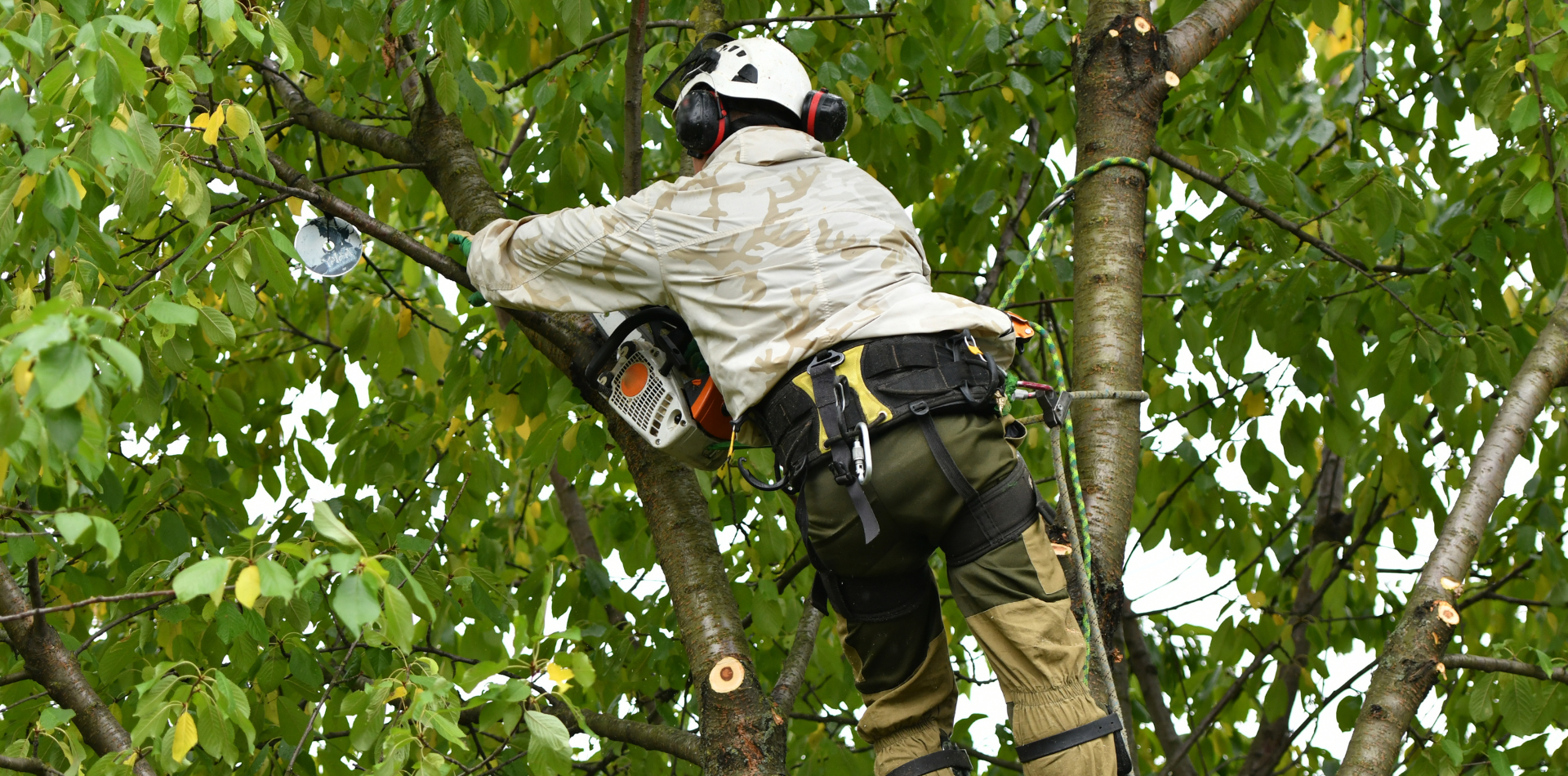
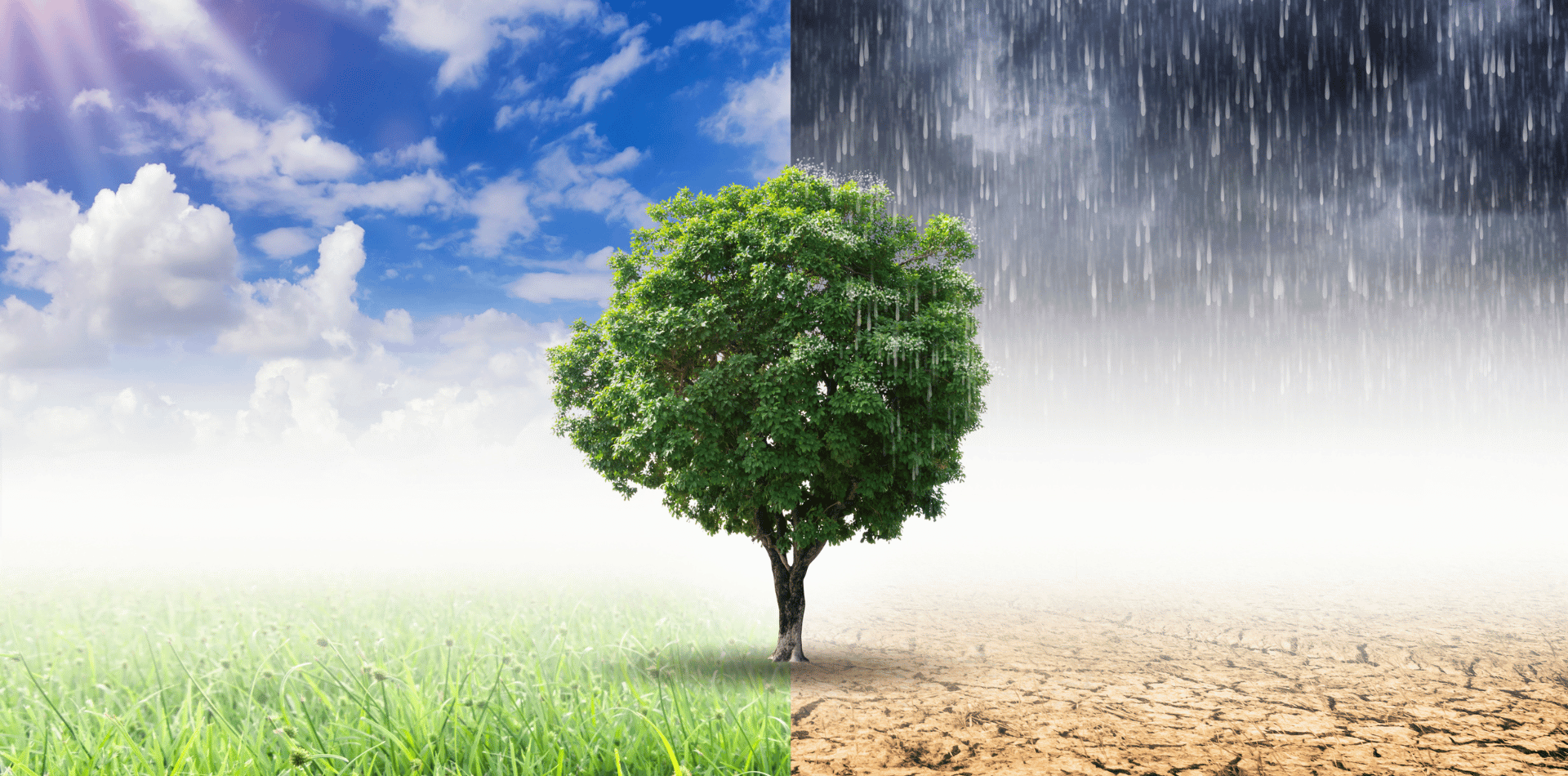

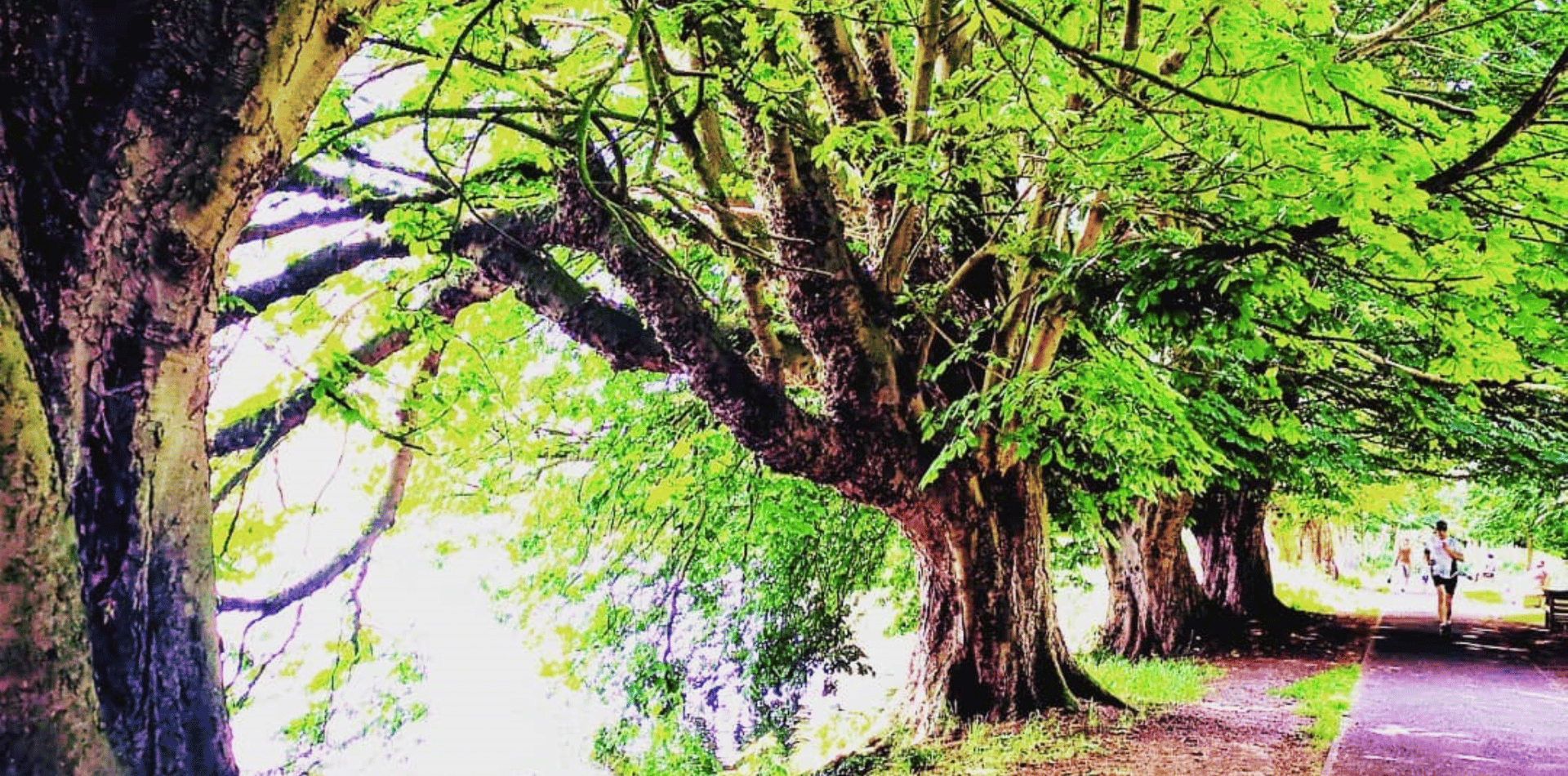
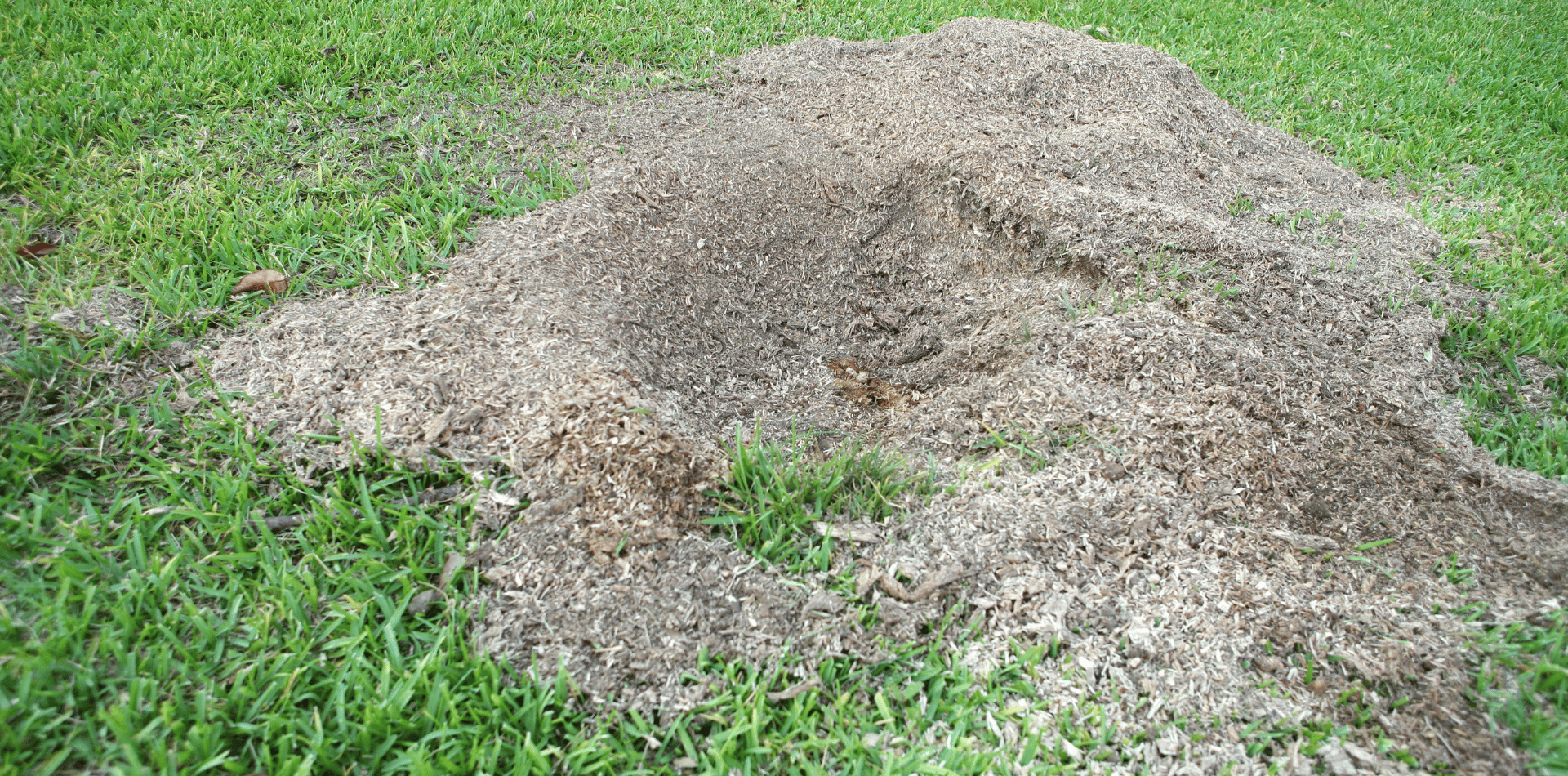

Contact
Kaptol Tree Removal Newcastle
A Member of the Kaptol Group
Powered by Kaptol Media

